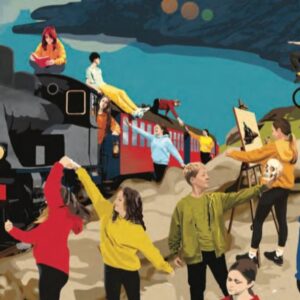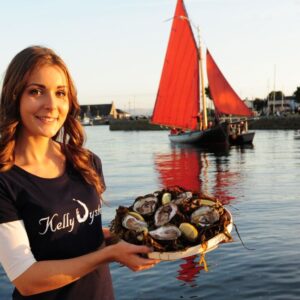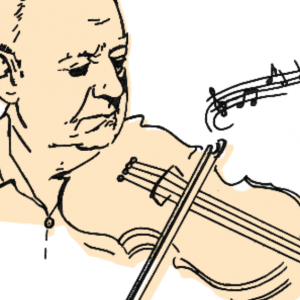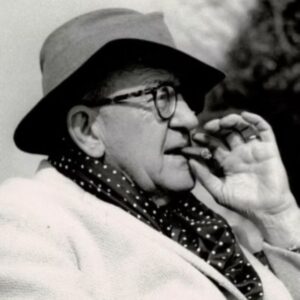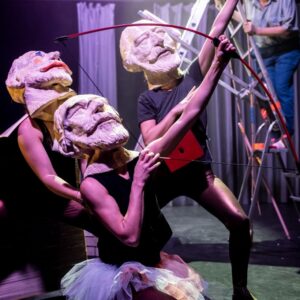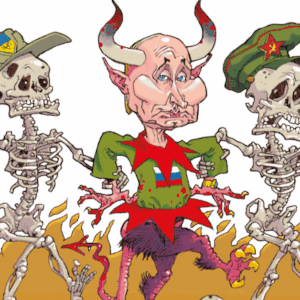Corrib Beo in collaboration with Galway city museum, are delighted to announce the details of the sixth talk in the Museum talks series. Join them on Wednesday July 30th at 1pm in the Galway City Museum for an exciting talk by Eugene Jordan entitled: “Ireland’s Machu Picchu”, exploring Irelands Golden Age of Irish monasticism which created the Island of Saints and Scholars. Book on Eventbrite.
Ireland’s cultural legacy, forged during its Golden Age, stands among the most remarkable achievements of early medieval Europe. Spanning roughly the 6th to the 12th centuries, this period saw Irish monasticism, learning, and artistic production flourish to such a degree that Ireland was known as Insula Sanctorum et Doctorum—the Island of Saints and Scholars. Yet today, many of the monastic settlements and ruins that remain—though officially protected and cherished nationally—do not benefit from the unifying global recognition of UNESCO World Heritage designation. When measured against celebrated sites like Machu Picchu in Peru, it becomes evident that Ireland’s monastic ruins collectively merit elevation to the same status.
It is easy to underestimate the profound influence that medieval Irish scholars exerted on Britain and the continent of Europe—a legacy often hidden in plain sight yet still visible across Europe in art, libraries, and even flags.
Ireland’s learned missionaries brought not only religious devotion but also a strong tradition of moral and educational instruction. Among their most significant contributions were the “mirrors for princes” (specula principum), guidebooks designed to teach rulers how to govern virtuously. Irish scholars educated many of the princes of Europe, shaping ideals of kingship that would resonate for centuries.
Of course, it is important not to exaggerate. Irish teachers were not the only educators in medieval Christendom; Anglo-Saxon, Italian, Frankish, and Spanish scholars also played vital roles in preserving and transmitting knowledge. Yet among them all, the Irish stood out for their early initiative in founding schools and monasteries abroad, their reputation as rigorous moral and intellectual guides, and their role in reintroducing classical learning to regions where it had been all but extinguished.
While they never controlled European education outright, they were disproportionately influential compared to Ireland’s small population and geographical isolation. Nowhere is this more evident than in Connacht, where scholars educated on the monastic islands of Lough Corrib stood at the forefront of this intellectual flowering. From these remote sanctuaries emerged thinkers whose impact on European learning and political culture remains unmistakable to this day.
One vivid symbol of this influence survives in the modern flag of Connacht. Its striking design—an eagle on one side and an arm brandishing a sword on the other—derives from the arms of the Abbey of St. James in Regensburg, Germany, a monastic foundation established by Irish monks in the 11th century. The eagle itself was no mere ornament: it was the emblem of the Holy Roman Empire, signifying the Abbey’s privileged imperial protection and its prestigious role as a continental centre of Irish learning.
Today, this heraldic eagle still soars over Connacht’s provincial flag, a reminder that medieval Ireland was never as isolated or insular as later generations imagined. The Irish monastic diaspora not only helped shape the spiritual and political life of Europe but left visible traces of its intellectual ambitions that endure to this day.
The talk will illuminate the rich connections between medieval Ireland, Britain, and continental Europe, bringing to light many overlooked facts and stories. It aims to inspire attendees to delve deeper into this fascinating history and rediscover Ireland’s remarkable legacy as a centre of learning and cultural exchange.
Further information about Corrib Beo and their upcoming events is available on their WEBSITE.
Explore More Events in Galway...


